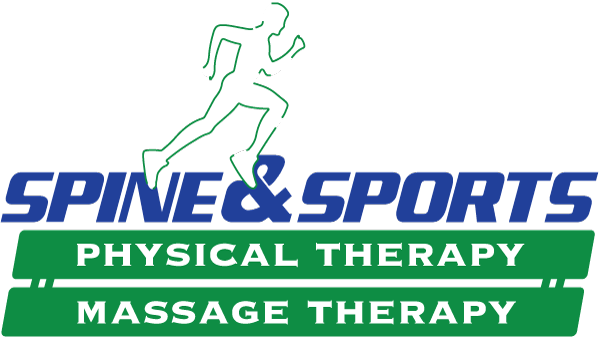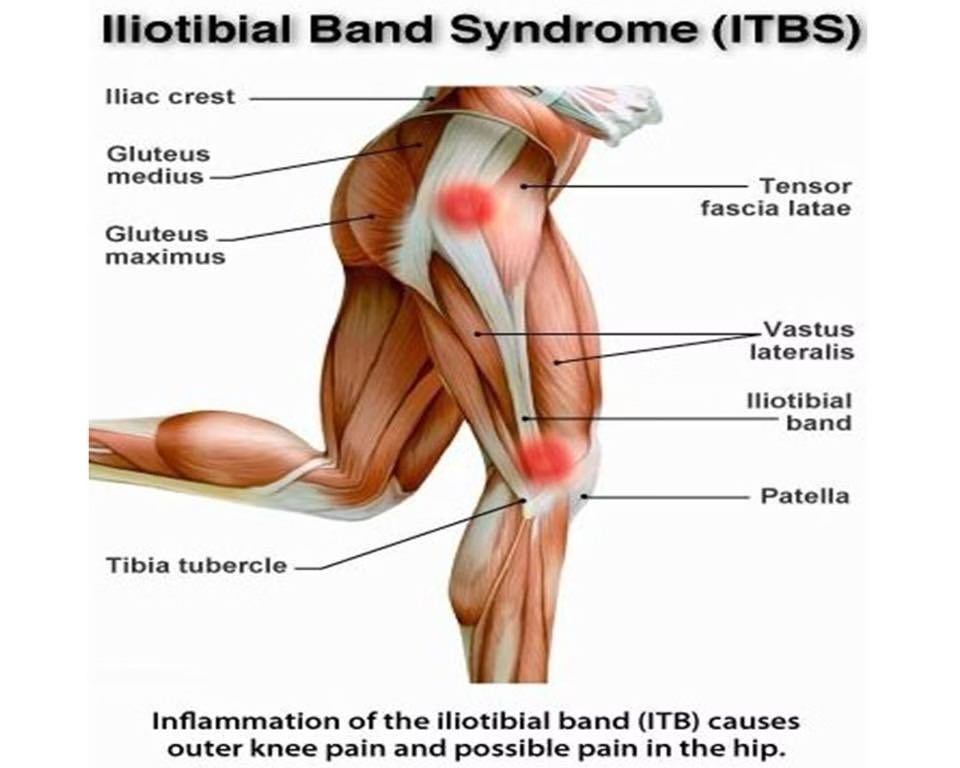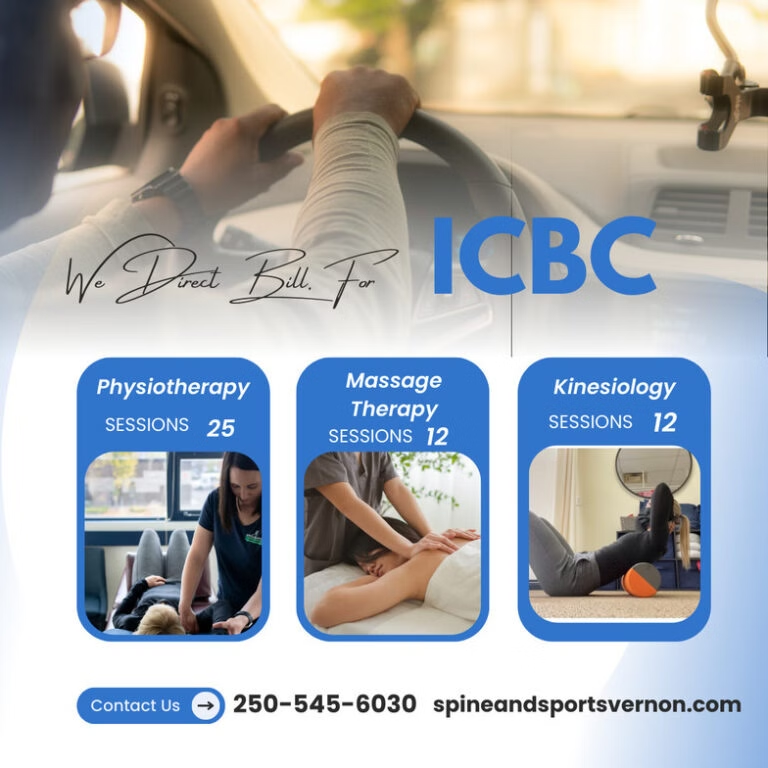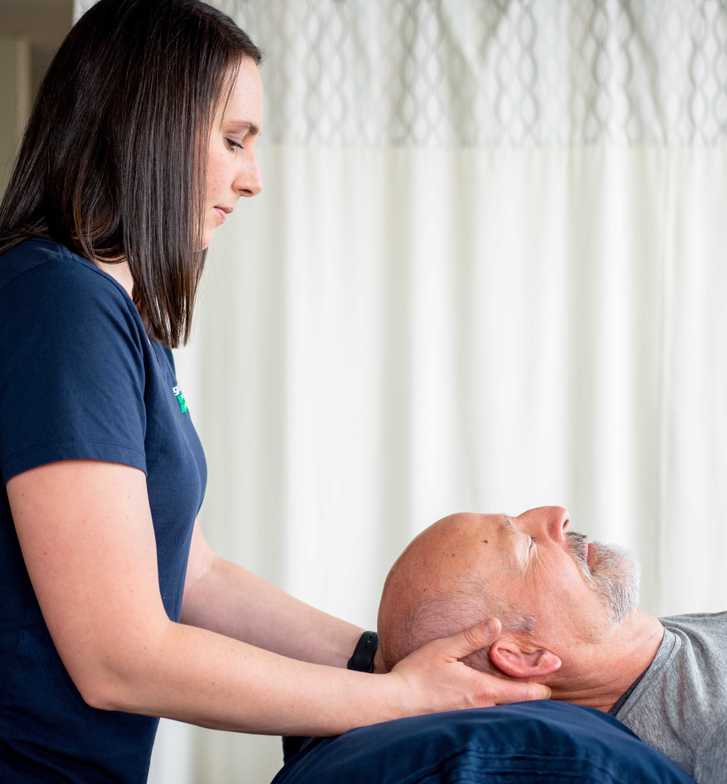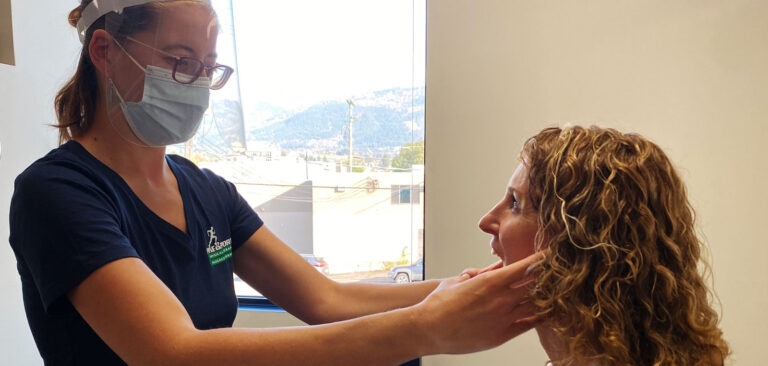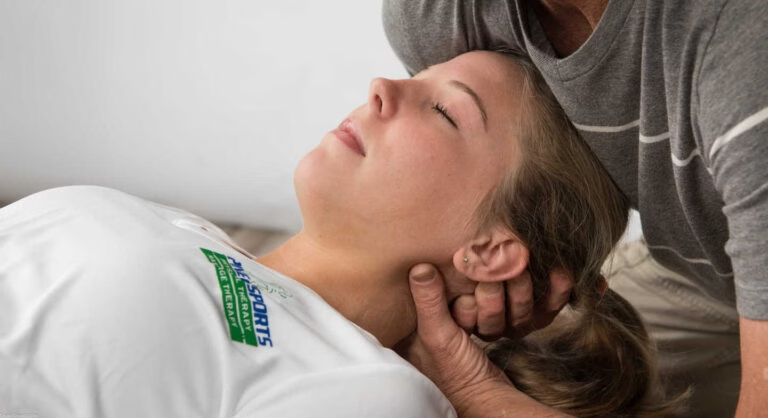Spring is here and another season of running is about to start. For experienced runners and those who are just starting, the beginning of the season can be a wakeup call to muscle groups and structures of the legs and hips.
A common season starting problem is pain or discomfort radiating along the side of the hip, leg or knee. The Iliotibial band or IT-band as it is more commonly known as can be the source of this pain for runners. Essentially it is thick connective tissue (fascia) running from the outside of the hip down to below the outside of the knee. The IT-band itself has no direct pull on the lower limb but pulls through a set of muscles attached to it. At the hip gluteus maximus inserts from behind, and tensor fascae latae (TFL) inserts from the front. At the knee a portion of the quadriceps and the hamstrings have some insertions into the IT-band. It also functions to stabilize the lateral aspect of the knee.
While running the hip and knee move through repetitive flexion aided in part by the IT-band. Inflammation due to friction as it slides over the outside of the knee during flexion and extension can occur.
There are several external and internal factors which can cause this irritation to the IT-band, both need to be addressed in order to resolve this issue.
External factors include:
- Adding hills or stairs to your running program, this will require an increase in gluteus maximus involvement changing the pull on the IT-band.
- A sudden increase in the length of activity which the body is not prepared for physically, due to the repetitive nature of running.
- Running on slanted sidewalks, roads and trails, emphasizes stress to the lateral side of the leg.
Internal factors:
Correct body positioning or biomechanics is essential to allow muscles, joints, and surrounding tissue function effectively during movement. A change in ones biomechanics will most often have a negative impact on those structures during movement.
- The lateral aspect of the knee is pushed into the IT-band with a presentation of genu varum (bowed legs)
- A collapse of the medial arch of the foot causes the lower-leg (tibia) to turn inwards, this stresses the ITB forward and under the outside of the knee.
- An imbalance between gluteus maximus and TFL strength can influence the position of the ITB.
- A leg-length discrepancy can put more force on the IT-band on one side.
A physiotherapist can complete a full assessment, including a detailed history followed by a functional assessment of posture and movement of the pelvis, hip, knee and ankle. As all injuries are specific to each individual the treatment of this condition may vary to include education, retraining of muscle recruitment patterns and stretching and strengthening of appropriate muscle groups.
Check with your physiotherapist for more information about IT-band pain and other great tips, or for an injury prevention assessment.
